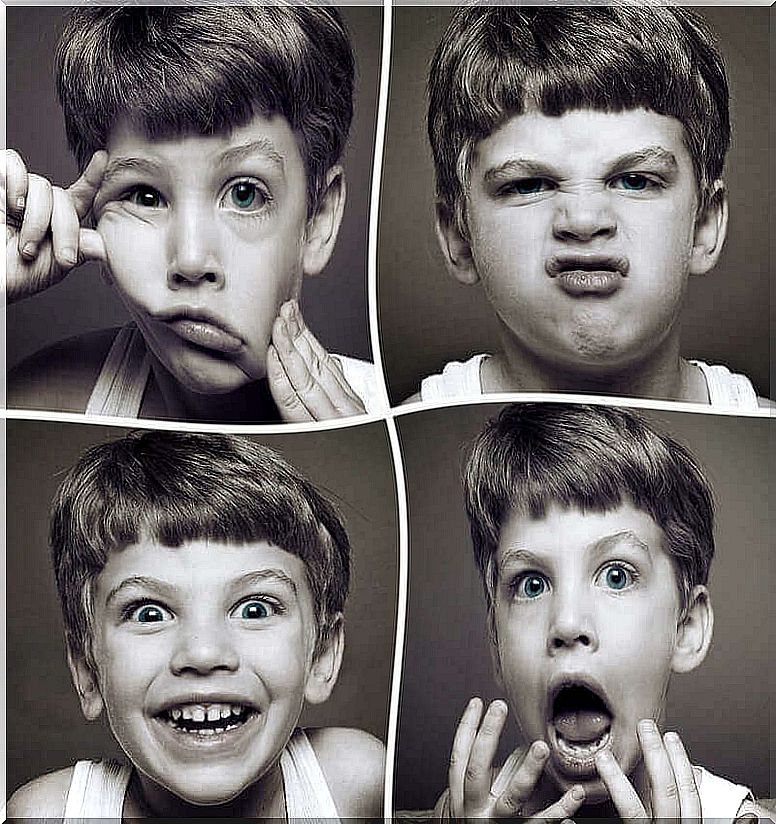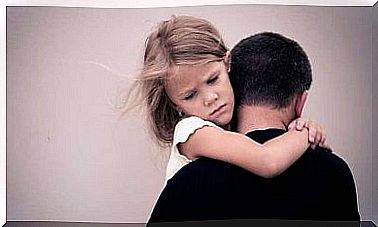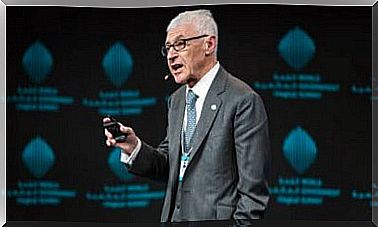How To Turn A Child Into An Emotional Expert

In our day to day, we make hundreds of decisions. Many of them automatically, but others based on reflection. Although emotions influence each of these decisions, intense emotions can sometimes drive us into behavior that is contrary to our values and interests. Precisely to prevent this from happening, it is necessary to become an emotional specialist, and we can also help younger people to do this if we educate them in emotions at this stage of life.
Emotions motivate us to act. They drive us to a certain action. It is in childhood that we begin to notice its effects, although few children and adults stop to think about it. Therefore, this stage of life is conducive to laying the foundations and acquiring tools to improve emotional management.
In this way, it will not be the emotions that will govern the child, but it will be the child, doing an exercise in self-control, which will use the energy that arises from their emotions to apply it to these behaviors in accordance with their values under construction.
First Step to Becoming an Emotional Expert
The first step is to know the basic emotions. This implies knowing emotions and their functions. The basic emotions you need to know to become an emotional expert are: fear, anger, sadness, joy, curiosity, disgust, love, and, for slightly older children, shame.
Some of these emotions, such as anger, will generate a temptation to hit, insult, or attack. In contrast, other emotions, such as joy, will increase the likelihood that we will be more open, willing, and generous.

Second step
The second step on this ladder to becoming an emotional expert is recognizing emotions. Being able to recognize basic emotions in ourselves and others. Without the previous step, this would be impossible.
We cannot recognize what we don’t know. If we know the gestures, looks and behaviors that generate the basic emotions, we will be able to recognize them quickly. For this reason, it is essential that children learn to identify the emotions they experience by name. For example, we can help them become aware of their state with phrases such as “you can’t sit still because you’re so happy” or “you feel like hitting your brother because you’re angry”.
Third step
The next step is to legitimize the emotions that children experience. In other words, allow and attend to the little ones’ emotions. In other words, we can tell them: “it’s normal for you to feel that way”, “I understand that it can hurt”, “all of us, when we don’t get what we want, we feel frustrated”; rather than “don’t cry, it wasn’t that bad” or “I don’t understand how this can scare you”.
To educate them on emotions, we have to do the exercise of putting ourselves in their place with their circumstances. Being empathetic means accepting your emotions while providing alternatives to channel them away from the tempting and impulsive behavior proposed by the emotion.
Fourth step
At this point, we are ready to learn to regulate emotions. We cannot stop emotions, but we can manage the behavior and the internal dialogue they initiate. To manage behavior, you need to distinguish between emotion and behavior.
Emotion is what we feel and behavior what we do. Feeling angry does not justify harming the other. We have to teach children that between emotion and action our conscience has a margin of decision. This will be the margin on which they will have to work.
Following the example of anger or irritation, we can teach them relaxation exercises or polite ways to correct the other so that they don’t repeat behavior that has harmed the other child.

fifth step
Reflecting is a mental act that makes us human, and to be an emotional expert we must do it. Reflecting on the emotions we experience, as well as the sensations, thoughts and consequent actions, is the next step. Helping children to stop and reflect on what is happening to them will help them to better understand their emotions and know how to regulate them.
sixth step
Continuing on our path to being emotional experts, we will find that emotions are sometimes not adaptive. For example, if we get a scholarship but our friend doesn’t, expressing our joy will not be adaptive.
What you have to do is use empathy to detect the emotions of others, and although your emotion is different, adapt your behavior to the situation. That’s why we should teach them more effective ways to manage their emotions, especially unpleasant ones.
seventh step
The last step is to establish a history of what happened. This step consists of giving a sense or an explanation for what happened. It’s like telling a story. If a girl has a nightmare and wakes up crying and screaming, we should tell her that she had an ugly nightmare and was scared. That’s why he started to cry. At this point, it is essential that she understand that this nightmare does not need to be replicated in reality.
Going through these seven steps until your child becomes an emotional expert is not easy. You have to dedicate time, have a lot of empathy and, above all, patience. However, we must think that when we teach children to manage emotions, we are contributing to a better future for them. We are giving them resources so that, tomorrow, they can avoid confrontations and have better emotional health. In short, we educate them to be experts in emotions.









